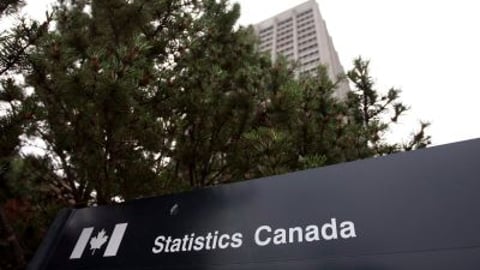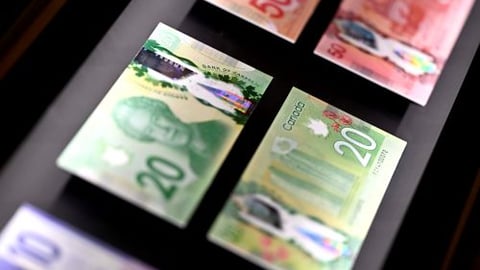Canadians to spend $801 more on food in 2025 as climate, Trump affect prices: report
Food prices in Canada are likely to increase by three to five per cent next year, according to a newly released report, but wild cards like climate change and Donald Trump could have unforeseen impacts.
That's the conclusion of the 15th annual food price report released Thursday by a partnership that includes researchers at Dalhousie University, the University of Guelph, University of Saskatchewan and University of British Columbia.
The report's authors used three different machine learning and AI models to make their predictions, and concluded a Canadian family of four can expect to spend $16,833.67 on food in 2025 — an increase of up to $801.56 from last year.
Though it still marks a rise in grocery bills, the rate of food price growth has moderated since the days of the COVID-19 pandemic, when rampant inflation meant Canadians suffered through double-digit year-over-year food price increases.
"It would be fantastic if it was even lower, but you know, it's a step in the right direction," said Stuart Smyth, the University of Saskatchewan's campus lead on the project. "I think that consumers can hopefully look forward to a little bit of a flattening out in terms of food price increases for the coming year."
Some of the challenges that occurred through the pandemic have now been pretty much fully removed from the supply chains, said Smyth. "We're returning back to sort of those pre-COVID conditions of five years ago."
READ: GDP per capita falls for sixth straight quarter, economists split on rate cut size
But there are still pressure points. Meat prices, for example, could rise between 4% and 6% in 2025, the report suggests.
This is in part due to record-high beef prices that have resulted from years of drought in the West that have led cattle producers to reduce the size of their herds.
Vegetable prices could also rise faster than some other categories, with a three to five per cent increase predicted, driven largely by the lower Canadian dollar, which is expected to reduce the buying power of Canadian food importers in 2025.
Restaurant prices are also forecast to climb 3% to 5%, while dairy and bakery items could increase in price by 2% to 4%.
Fruit and seafood are set to see more modest increases of 1% to 3%.
As in recent years, climate change continues to be a factor in food prices as extreme weather makes growing crops and raising livestock challenging for farmers.
But this year, the report's authors are also watching for potential impacts related to the return of former president Trump to the White House in 2025, said Sylvain Charlebois, project lead and director of Dalhousie's Agri-Food Analytics Lab.
These could include the effect of reciprocal tariffs, if Canada chooses to fight back against Trump's threatened tariffs on imports into the U.S., as well as a potential competitiveness gap if Trump makes good on his promise to reduce costs for American farmers.
"You have to consider what may happen in the United States — the ripple effect could be quite significant," Charlebois said. "We always deal with one wild card every year and that's climate change. Again this year, like in 2016, we have two wild cards — climate change and Donald Trump."



